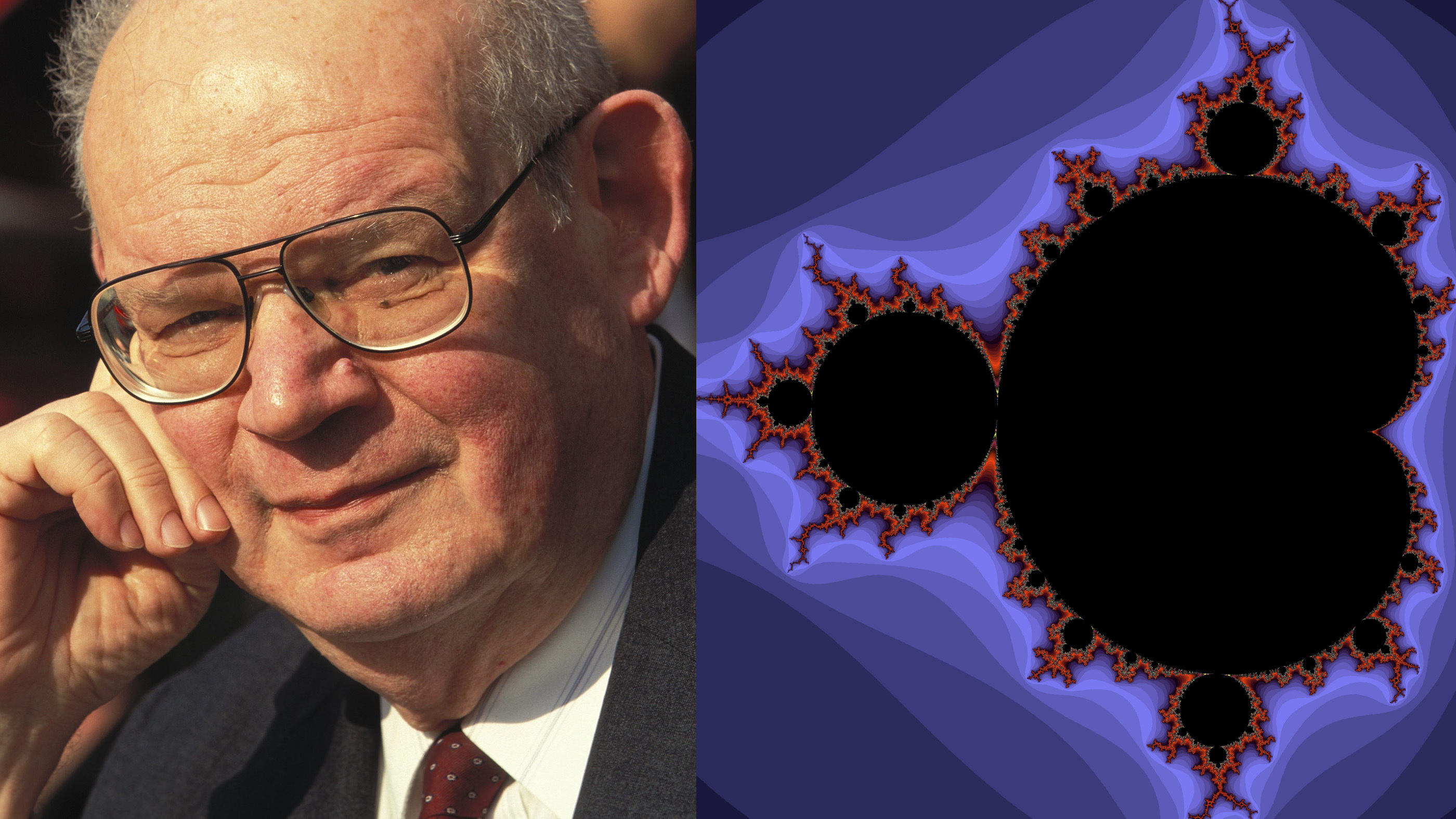

Nodebox mandelbrot pdf#
PDF is a file format that can contain, among other things, a simplified subset of PostScript: no flow-control, only drawing commands. OS X, while inheriting Cocoa, replaced DPS with Quartz. Display PostScript is gone from the OS, but its design is still evident throughout Cocoa’s graphics APIs, since Cocoa descends straight from the OpenStep APIs. OpenStep’s graphics system was based on Display PostScript, and its graphics API mapped entirely to PostScript commands (except for flow-control, which of course was handled natively). Most of us know that OS X is the successor to OpenStep. You’re an OS X programmer, so you’re already about halfway there. We will describe this using a three-component material color, which will modulate the light ray at each surface intersection.Īll of this boils down to very few lines of codes:įor (int i=0 i abs(v.z) ? vec3(-v.y, v.x, 0.0) : vec3(0.0, -v.z, v.I’ll follow this up with a tutorial called “PostScript for Cocoa programmers”, but today brings my list of reasons why you should care in the first place. Until now we have assumed that our materials handled all wavelengths the same way, but of course some materials absorb some wavelengths, while reflecting others. Also notice, that we have added a (material specific) color. This is why the sum and the division by N is no longer present in the formula. The idea is to repeat this many times for each pixel, and then average the samples.

Now, to find the total light intensity in a given (outgoing) direction, we need to integrate over all possible incoming directions in the hemisphere:

Nodebox mandelbrot Patch#
By pure geometrical reasoning, we can see that the amount of light that hits this patch of the surface will be proportional to the cosine of the angle between the surface normal and the light ray:īy definition of a Lambertian material this amount of incoming light will then be reflected with the same probability in all directions. Consider the image above, showing some photons hitting a patch of a surface. Imagine that a Lambertian surface is hit by a light source. Diffuse reflectionsĪ Lambertian material is an ideal diffuse material, which has the same radiance when viewed from any angle. Let us start by considering how light behaves when hitting a very simple material: a perfect diffuse material. The examples are built around Fragmentarium (and thus GLSL) snippets, but the discussion should be quite general. This blog post is an attempt to introduce path tracing as an operational tool without going through too many formal definitions. There are ways around this: one way is to trace rays starting from both the camera and the lights, and connect them (bidirectional path tracing), another is to test for possible direct lighting at each surface intersection (this is sometimes called ‘next event estimation’).Įven though the concept of path tracing might be simple, introductions to path tracing often get very mathematical. like the sun, we have the same problem: the chance that we hit a light source using a path of random reflections is very low, and our image will be very noisy and slowly converging. And, if the light source is large and slowly varying (for instance when using Image Based Lighting), this may provide good results.īut if the light source is small, e.g. So instead, we might start from the camera and trace the ray from here and until we hit a light source. Though this approach works, only a very tiny fraction of paths would terminate at the camera. Each time a photon hits a surface, we choose a new randomly reflected direction and continue, adjusting the intensity according to how likely the chosen reflection is. Imagine you want to simulate how the photons from one or more light sources bounce around a scene before reaching a camera. In some ways path tracing is one of the simplest and most intuitive ways to do ray tracing.


 0 kommentar(er)
0 kommentar(er)
